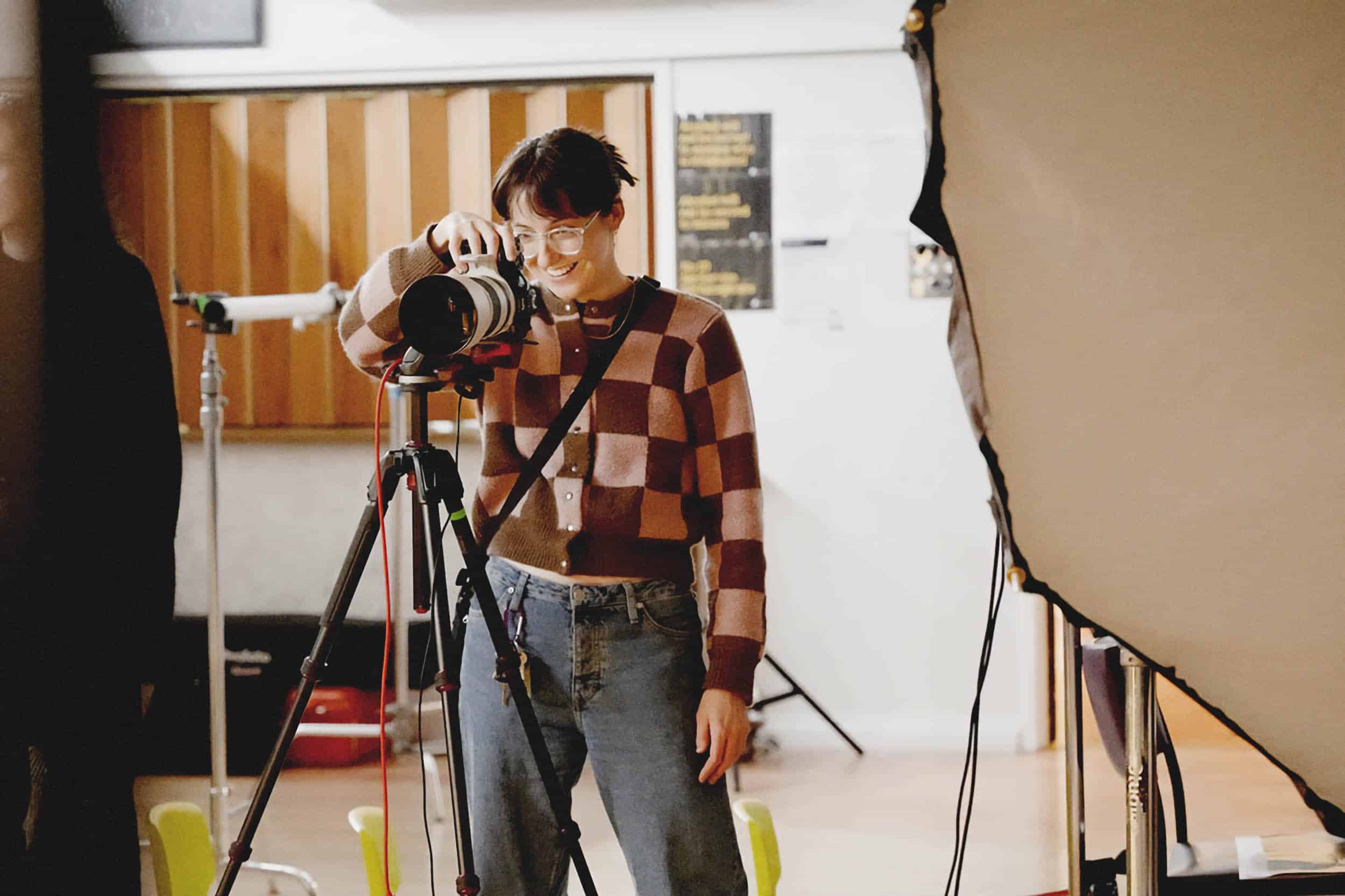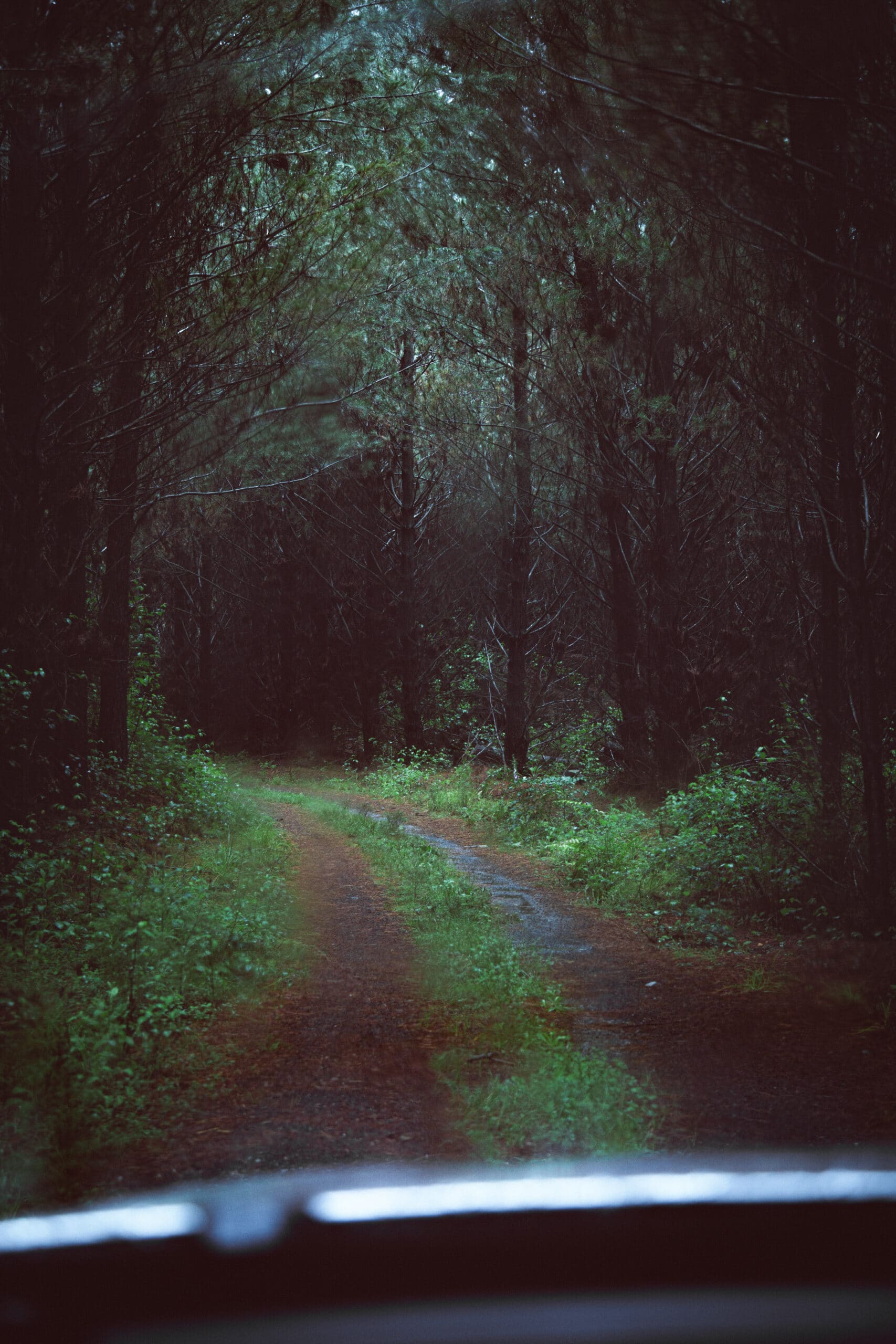Leading lines is an image composition technique that can be used to create powerful and impactful photographs. Mastering this technique can be advantageous, especially when it comes the crowded photography field and trying to stand out in the pack can be difficult. In fact, this technique is one of our favorite tricks.
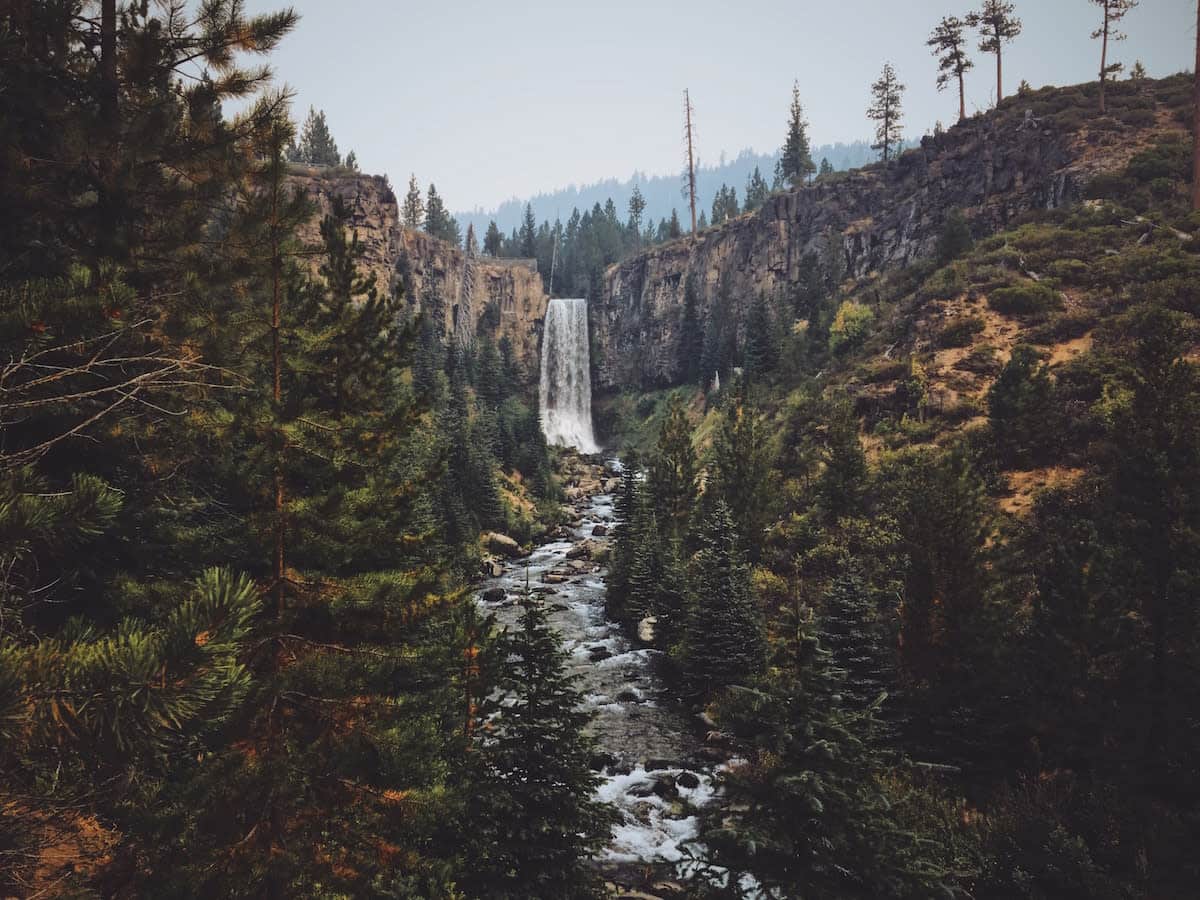
What are Leading Lines?
First, a leading lines photography definition. Simply put, leading lines is an image composition technique that features line shapes—like, say, a road or river—to draw the viewer’s eye to the intended subject of the photograph.
Whenever people look at an image, our eyes are naturally drawn to the lines present within it. We instinctively follow these lines to see where they go—these lines are leading our gaze towards a particular subject.
Few techniques in photography have as much importance as this one, making leading lines photography an amazing addition to your online photography portfolio.
It takes a little effort to learn how to use leading lines properly—but, now that you have the leading lines definition all squared away, that’s where we come in! Let’s review the leading lines photography basics, shall we?

Here’s the Difference Between Paths vs. Leading Lines
It’s important to know the difference between using paths in your photos, and creating leading lines photography. There isn’t a huge world of difference between images using paths vs. leading lines. Both guide the attention of your viewer to a specific point, and the same shutter speeds, aperture, film, and equipment can be used to produce a similar image. The main difference here is very simple: a leading line takes you to a point of interest in the frame, while a path always guides the eye towards a horizon.
Here’s an example: you take a picture of a railroad track leading off to the horizon. Taking this shot is using a path. But if you drop in a couple walking hand-in-hand away from you somewhere down the track, the focus of the shot changes to them rather than the horizon line. This is a leading line shot.
It’s quite important to understand not just what leading lines are in photography, but also how to properly use them. Before you run out and start taking shots using every line in sight, take a few moments to familiarize yourself with the dos and don’ts of this important photographic skill.

Find Those Leading Lines
Finding leading lines to use in your shots shouldn’t be too hard—they are everywhere around you! From a sidewalk leading towards the bus stop or a pencil laying on a desk pointing towards a blackboard to the edge of your kitchen counter that leads towards your living room, it’s not hard to find them every place you go.
The following are several examples of leading lines you might find nearby that you can practice working with:
- Roads
- Fences
- Window panes
- Builds
- Doorways
- Bridges
- Rivers
- Shorelines
- Lamp Posts

- Train Tracks
- Dunes
- Cliffs
- Sun Rays
- Trees
- Waves
- Long hallways
- Rows of lockers
Once you get into the habit of looking for them, you’ll find that you can’t stop seeing leading lines whenever you start setting up your shots. When you know what you’re looking for, it’ll become second-nature to use leading lines to enhance your photographs and become a better photographer.
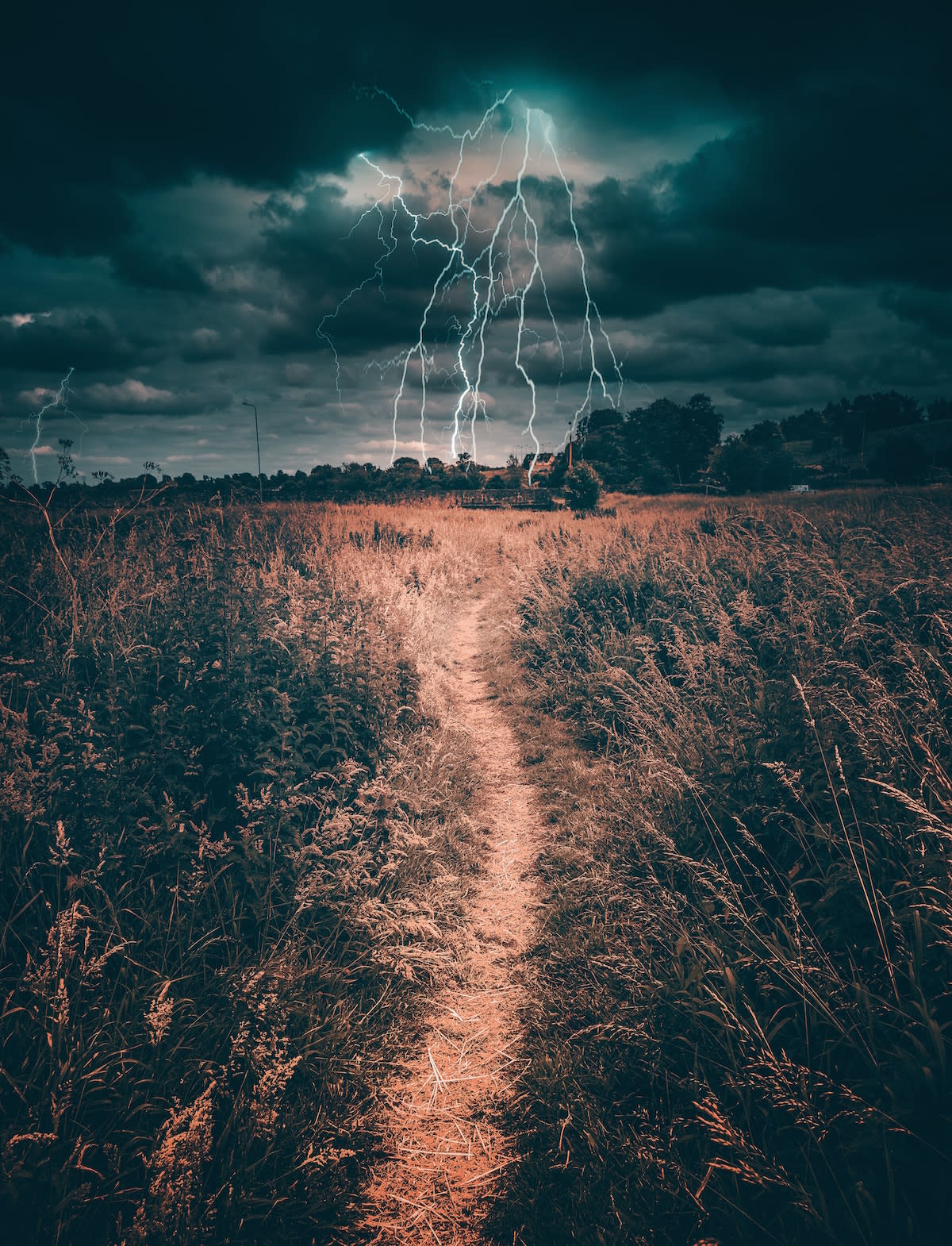
Examine Your Scene First
Before you even begin shooting, take a while and survey your scene. Identify all of the leading line options in the area first so that you can determine the best way to lead to your target. Take a deep breath, clear your mind, focus intently and look around: notice each and every place where your eyes are naturally drawn to as you scan around. The leading lines might surprise you, so be prepared to think outside the box.
A nice easy way to locate leading lines in your scene is to use your own equipment. Take a look right through your viewfinder. This view will make it simple to pick out lines, since it flattens the scene and the leading lines will stand out more as a result. Once you’ve noticed the leading lines, it’s time to think aboit how you can use them to your advantage to change the emphasis in your shot and get the most out of your image.
With leading line photography, your subject is always the most important aspect of the image. No matter how you set up your composition, you need to make certain that they have the absolute greatest weight.
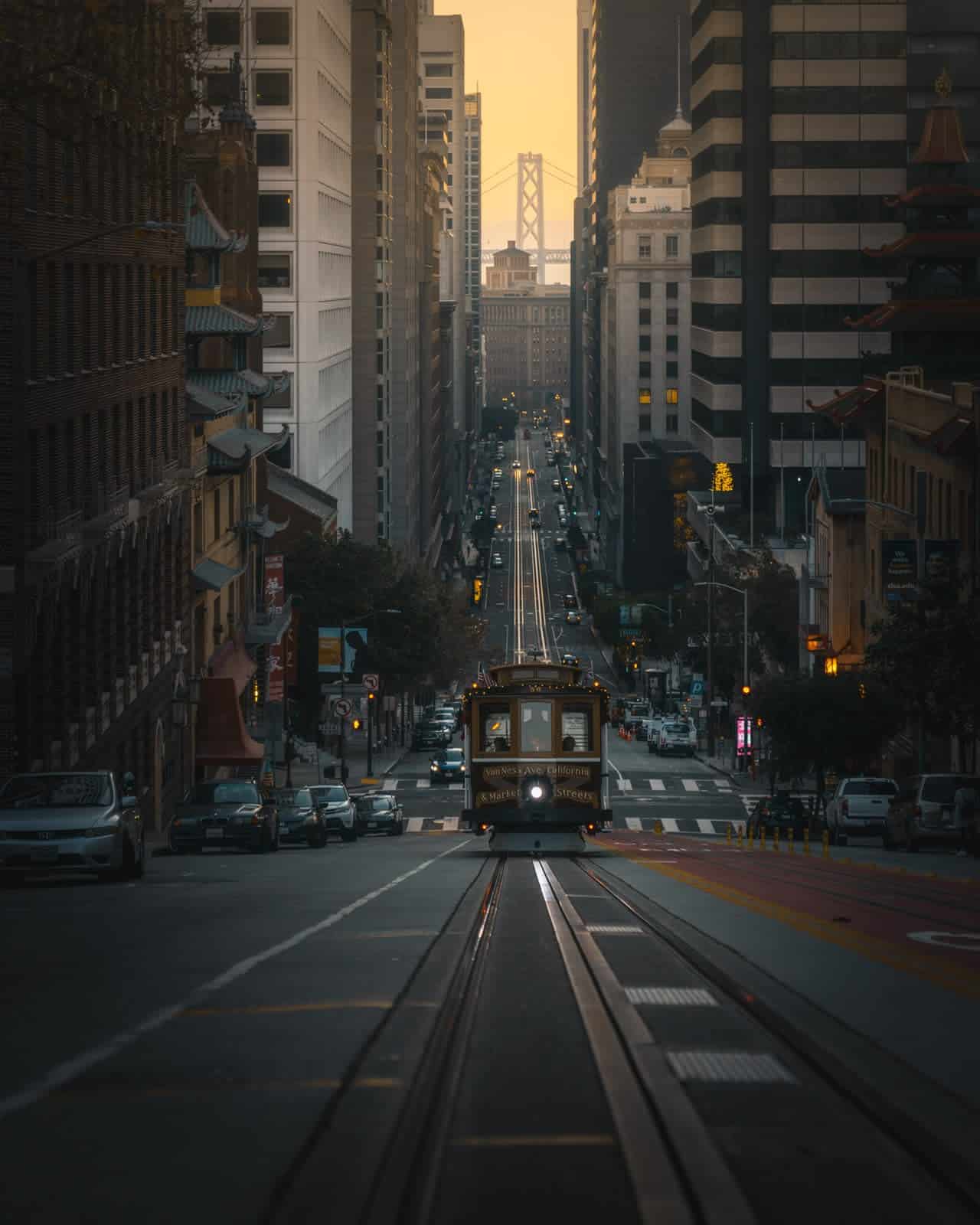
Learn the Types of Leading Lines
There are several types of lines you can leverage in your leading lines photography that can each be used to convey different moods and emotions to the viewer. A real sense of atmosphere can be achieved if you are observant and have a good creative eye.
Horizontal Leading Lines
Traditionally associated with calm, peace and tranquility, horizontal lines are fantastic choices for nature and more relaxed shots. The wide nature of the shot can convey openness, and can be especially atmospheric when paired with great lighting.
Vertical Leading Lines
These are most often used to convey power, dignity and strength. When you want a shot to be strong, direct, or imposing, this is a great choice to go with. Fashion photography often uses this sort of line, for example, to give visual importance to the subject.
Diagonal Leading Lines
When you want to provide a sense of change, motion, or direction, a diagonal line is a wonderful option. Most often, diagonal lines are visually followed from foreground to background, left to right, so in these cases your subject should be either at the start or end of your line to maximize impact. It should also be noted that, with diagonal lines, the direction the lines move can also affect visual effect. Lines leading down from left to right are more calm, while lines sloping upwards tend to add unsease and tension when framed well.

Implied Leading Lines
These lines don’t actually exist, and are instead created by other factors. The human eye itself is one such line: when taking a shot from behind a human subject, for example, we may be drawn to where that subject is looking.
Intersecting Leading Lines
Intersecting lines can be both a benefit and a hindrance. On the one hand, if you are not careful they can completely ruin the flow of a shot. When skillfully applied in a composition, however, you can frame things deliberately in interesting ways to ramp up tension in a shot or add an element of confusion.
Curved Leading Lines
On the whole, curved lines feel more natural than straight ones do. These are most often used in nature shots where leading lines can be used to highlight specific landmarks.
Converging Leading Lines
These lines are quite useful to naturally highlight a subject. When two lines meet, our eyes tend to focus there. If your scene has two converging leading lines, then that is a great place to situate your subject.

Study Up on These Leading Lines Photography Tips
There are many ways you might take advantage of leading lines to generate breathtaking images guaranteed to get your work noticed. Try some of the below:
Use the leading lines to create a visual sense of direction from one part of your image to another (for example, a crawling baby at the start of a path with an elderly man at the opposite end of the frame to demonstrate the journey from youth to old age).
Use converging lines from two opposite directions and place the subject at the point where they meet. It will really draw the eye of viewers towards the subject and make the focal point unmistakeable.
Create interesting circular compositions that lead the viewers in a sort of spiral, never letting their attention leave the frame (you could take a shot up a spiral staircase).
Try taking the same shot from different heights, experimenting with how the leading lines affect the shot at different positions.
Play with lighting. Using light to create interesting shadows can have amazing effects on shots.

Share Your Leading Lines Photography on Your Online Portfolio
We’ve given you all the information you need to start applying new perspectives via leading lines—all that’s left now is for you to start trying it out! Don’t be afraid to step out of your comfort zone, either: that’s how some of the best photographs ever taken came to be.
Make sure to publish your newly minted leading lines photography shots on your photography website.
Don’t have one yet? No worries—you can create an online portfolio website in minutes with a website builder. Choose one with fresh, modern templates to set off your leading lines photography, and a built-in online store where you can sell your landscape photography.
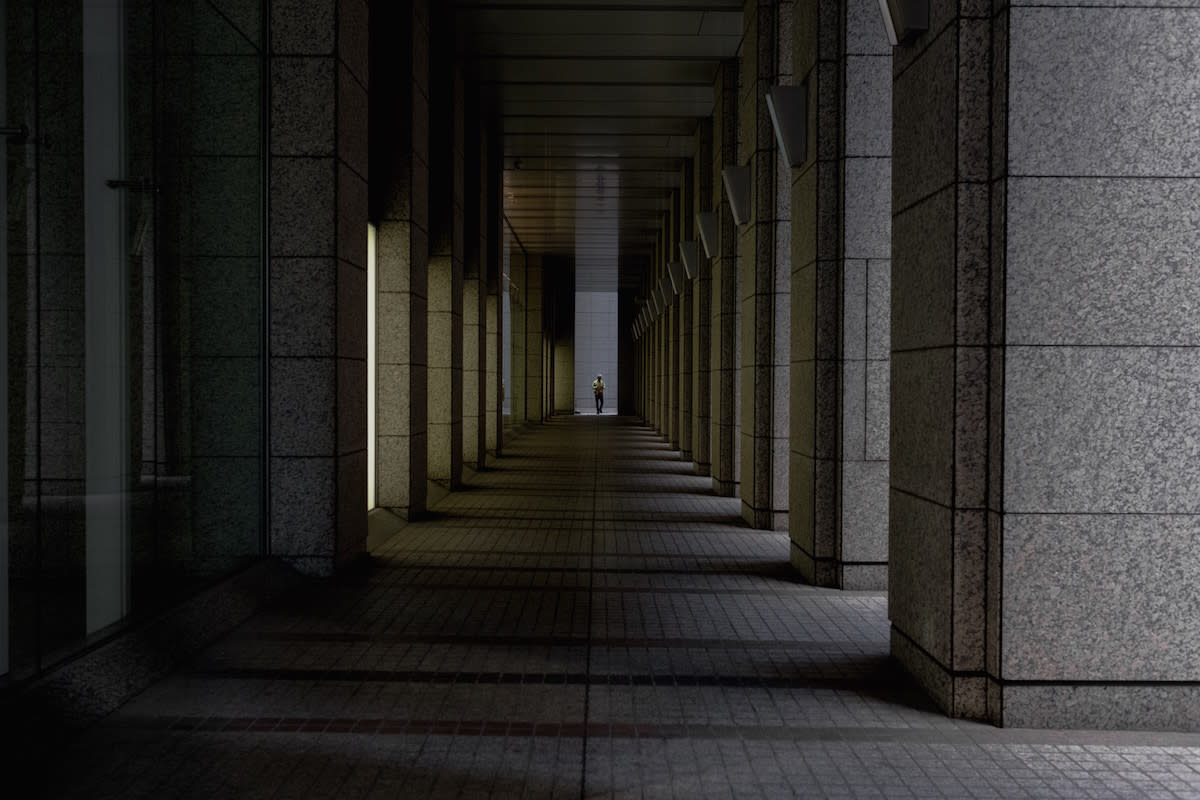
We can’t wait to see where your skills lead you!
Want to learn more about photography?
3D Photography: A Beginner’s Guide
10 Awesome Landscape Photography Tips
The 21 Best Photography Workshops in the World





